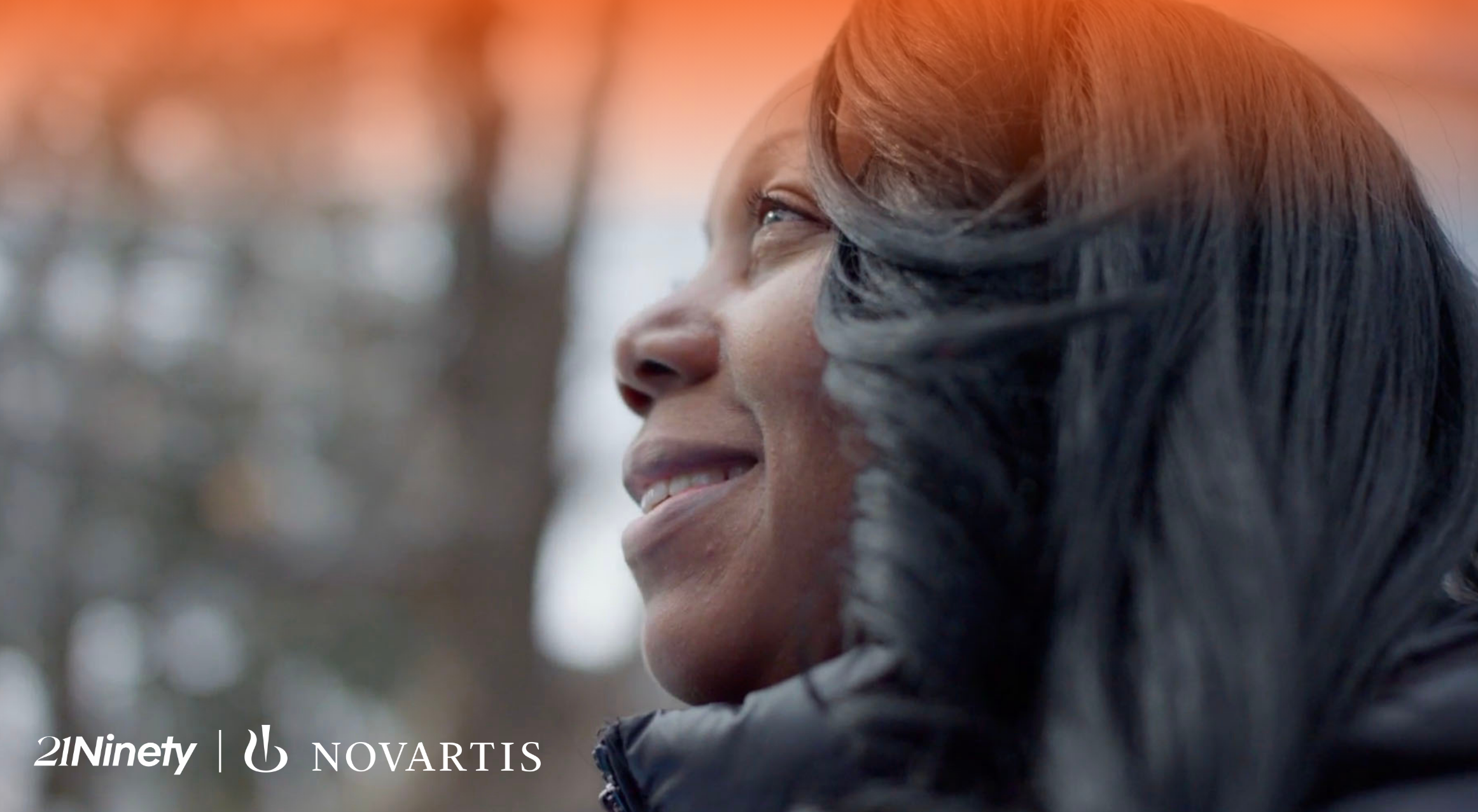Before she was diagnosed with hidradenitis suppurativa (HS), Latoya Palmer’s* life revolved around two things: dance and community. She had been dancing and performing at a high enough level that her passion had already allowed her to begin seeing other parts of the world.
“I was also very interactive with my family – lots of family gatherings. I was 17 when I started out with my symptoms,” she shared.
HS is a chronic and often painful skin disease that causes recurring boil-like lumps that may rupture, resulting in open wounds and cause irreversible scarring. Latoya’s symptoms started as what she believed to have been a sore or rash from intense dance training but as her symptoms became more aggressive it was evident it was something more. She had a lump on her left breast that had grown into an abscess by the time she felt concerned enough to talk to her parents about it.
With her parents’ support, she visited their family doctor, who assumed the lump was a cyst, drained it, and sent Latoya on her way. When Latoya returned six months later with a similar boil-like lump on the right side of her body, her medical team wasn’t exactly sure what to do next. From there, “It was non-stop hospital visits, doctor visits, continuous antibiotics,” she explains.
It took six years, multiple treatments, and procedures before doctors were able to properly diagnose Latoya. And as she and her medical team searched for answers, all of the other important pieces that made Latoya’s life full – her growing dance career, her community involvement, even her cherished time with her family – began to decline.
According to Dr Oluwakemi Onajin*, a dermatologist and HS expert at The University of Chicago, Latoya’s path to diagnosis is not uncommon. Especially for women of color, who are statistically more impacted by HS: not only are women more likely to develop this skin condition than men, studies show that Black people in the US are more likely to develop HS than people of other races and ethnic groups.
The most noticeable symptoms of HS include recurring lumps often in the most intimate areas of the body. Patients often dismiss these symptoms as “just a pimple.”
When a patient starts to experience a flare, the lumps become painful abscesses that rupture and leak bloody, foul-smelling fluid. As symptoms progress, the ruptured abscesses can connect under the skin, forming deep tunnels that can lead to scarring.

The lack of knowledge about HS is common for many patients and healthcare providers. It is not uncommon for patients to see many doctors across the span of as much as 7-10 years before they receive an accurate diagnosis.
Since HS is a progressive disease, delays in proper diagnosis and treatment can potentially enable HS symptoms to become worse and the effects of a disease like this go much deeper than the skin.
Latoya navigated most of her journey to diagnosis on her own, until she encountered a nurse who connected her with a doctor who knew about HS. She also turned her pain into purpose by leaning into advocacy, establishing her own patient support group and sharing her experiences with others via her personal social media platforms. “Building this community and being an advocate has given me so much purpose, I know I’m meant to help others.”
Her advocacy work is what led to her participation in “The Beacons: Illuminating HS Stories,” a docuseries created by Novartis. The docuseries allowed her to share the difficult lessons she learned along her diagnosis journey.
Advances are being made in terms of education. Dr Onajin notes there have been more studies and papers written about HS in the last five to ten years than in the years preceding. More awareness about HS makes it easier for dermatologists to educate their peers, especially primary care providers and ER doctors who are often the first to encounter patients experiencing HS symptoms.
The growth in research and information makes it easier for medical professionals to create a proper treatment plan for their patients with HS and to arm those patients with information on how to both manage their symptoms and navigate through life with HS.
You can learn more about Latoya’s story of resilience and catch a glimpse into the journeys of six other individuals living with HS at ShineALightOnHS.com.
*Latoya Palmer and Dr Oluwakemi Onajin have been compensated for their time on this article. Latoya Palmer is a paid consultant for other Novartis projects.
6/24 433945
